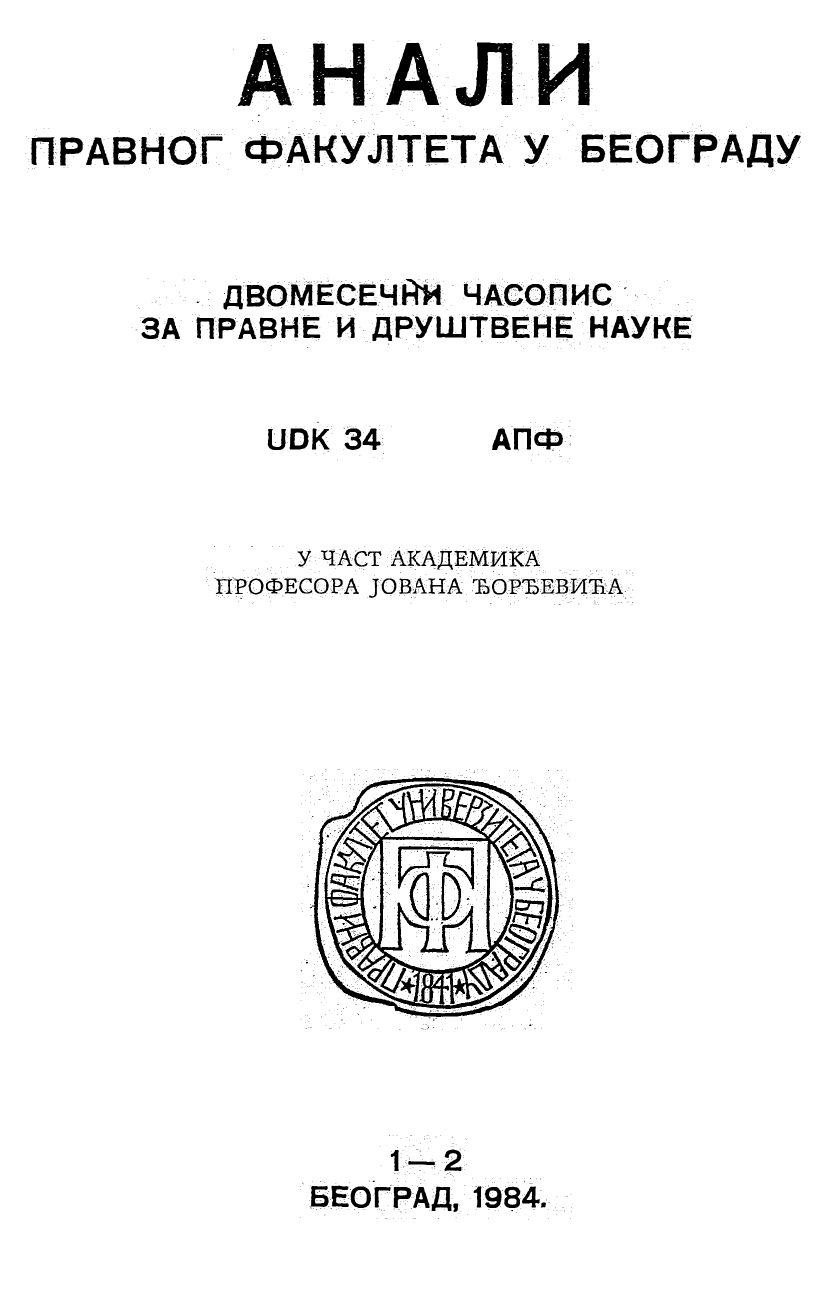THE SEPARATION OF POWER IN AMERICAN CONSTITUTIONAL LAW — PERSPECTIVES AND RECENT TRENDS
THE SEPARATION OF POWER IN AMERICAN CONSTITUTIONAL LAW — PERSPECTIVES AND RECENT TRENDS
Author(s): Peter E. QuintSubject(s): Law, Constitution, Jurisprudence, Constitutional Law
Published by: Правни факултет Универзитета у Београду
Summary/Abstract: The text of the Constitution of the United States has remained largely unchanged from the late Eighteenth Century to the present(l). The longevity of the document affords a remarkable example of continuity; it also yields considerable difficulties when the text is applied in social, economic, and political circumstances not only unknown to, but also unimagined by, its authors. In some instances, for example, the courts have had to decide whether rights contained in the Bill of Rights should be interpreted to restrict methods of governmental intrusion that were unknown to the framers(2). In other cases, the courts have been urged to recognize individual rights that are not specified in the original document but have become socially important in the intervening years(3). In yet another context, courts have found that the integration of the national market and profound changes in industrial organization now justify federal control over matters that were once assumed to be internal concerns of the states.
Journal: Анали Правног факултета у Београду
- Issue Year: 32/1984
- Issue No: 1-2
- Page Range: 86-93
- Page Count: 8
- Language: English

